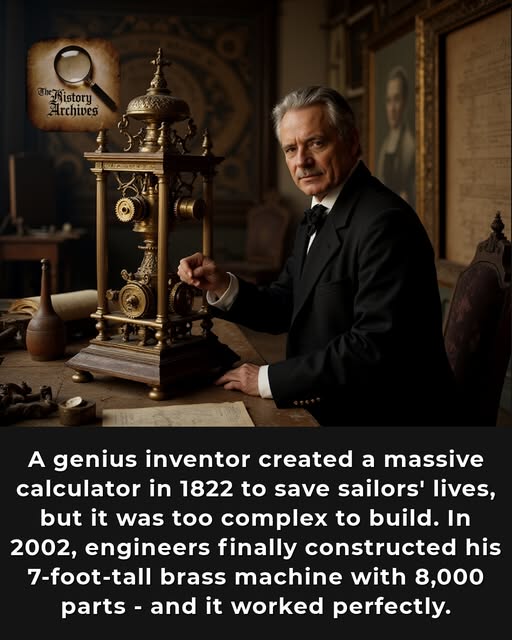
In the 1820s, Charles Babbage dreamed of eliminating deadly calculation errors that threatened sailors’ lives. His solution? The Difference Engine – a massive mechanical calculator designed to automate the creation of mathematical tables used in navigation.
Though Babbage’s original project was abandoned in 1842 due to funding issues, his detailed drawings survived. In 2002, engineers at London’s Science Museum achieved what Babbage couldn’t – they built his engine exactly to specification. The result was breathtaking: a 7-foot-tall brass and steel masterpiece containing 8,000 precision parts and weighing 5 tons.
When activated, this beautiful machine springs to life with hundreds of gears working in perfect harmony. It can calculate complex mathematical tables with flawless accuracy – proving that Babbage’s 19th-century design was sound all along.
The working Difference Engine stands today as a testament to Victorian ingenuity and the timeless pursuit of technological advancement. While it took nearly 200 years, Babbage’s mechanical marvel finally became reality.
Sources: Science Museum London, Computer History Museum, Babbage’s collected papers and correspondence.
